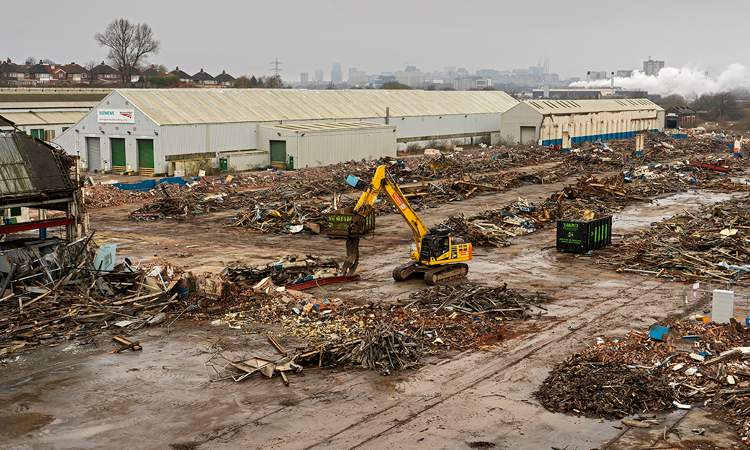Demolition begins at HS2’s Washwood Heath depot site
Posted: 20 February 2019 | Global Railway Review | No comments yet
The new depot site will be HS2’s only rolling stock maintenance depot for Phases One and 2a of the UK’s new high-speed rail network.


Ahead of HS2 Limited beginning construction of a train maintenance depot in Washwood Heath, demolition of a former railway works in Birmingham has begun.
The demolition covers a site larger than 110,000m2 and is being carried out by HS2 Ltd alongside their early works contractor, Birmingham-based LM JV.
The Washwood Heath site was originally home to a depot that measured 782,622m3 of buildings and structures: These are now in the process of being demolished. This has yielded a total of 412,464 tonnes of demolition materials – the equivalent weight of 68 Birmingham BT Towers – which will be predominantly reused on site, significantly reducing the need for landfill and lorry movements.
Mike Lyons, Programme Director of Phase One in the Midlands, said: “As we prepare for the construction of HS2, there is a huge amount of work going on at sites in the Midlands, including land clearance, habitat creation, tree planting, demolitions, archaeology, road improvement works and utility diversions.
“We currently have 62 live sites across the whole Phase One route, servicing over 250 work locations. Over 7,000 jobs are supported by HS2 and over 300 companies in the Midlands are already working on the project.”
Washwood Heath will host the maintenance, cleaning, servicing and routine repairs of the new high-speed fleet. The depot will employ up to 500 staff working in shifts, either in jobs within the depot, maintenance and support workers, or train drivers.
Formerly known as the Washwood Heath Railway Works, the site was last used by Alstom. It is the preferred location for HS2 because it is centrally located in relation to the completed HS2 network, which will extend to Leeds and Manchester.
Related topics
Depots & Shunting Yards, High Speed Two (HS2), High-Speed Rail, Infrastructure Developments








